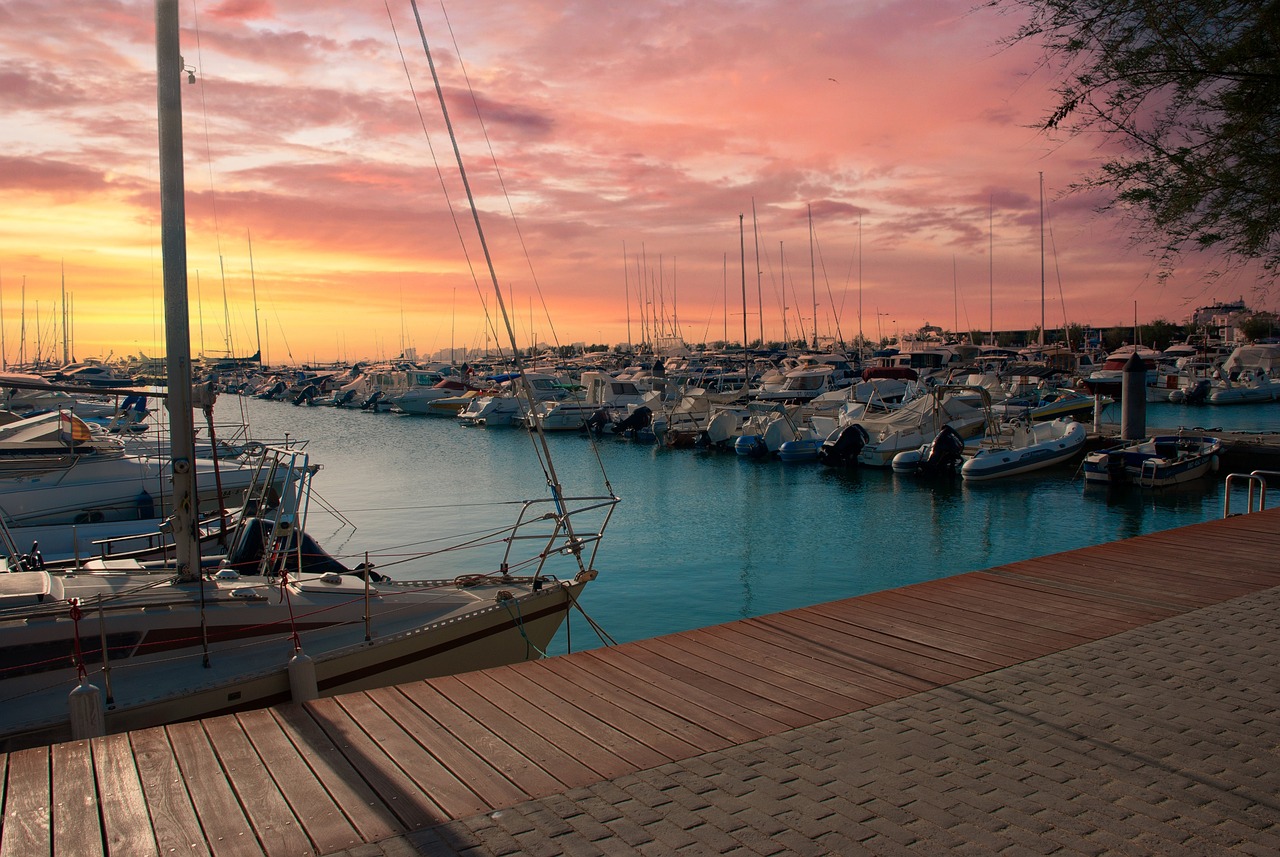
Never run your boat’s engine when staying overnight; instead, find access to safe and secure shore power.
Marine vessels need an electrical power source to deliver a safe power supply to all tools and accessories on board – while docked at a port or marina. This is called shore power, an external source of electricity that provides alternating current to your vessel. It’s essential to have accessible shore power at a marina to reduce fuel consumption when docked for lengthy periods. Never run your boat’s engine when staying overnight; instead, find access to a safe and secure shore power connection to operate the appliances on board.
What is Shore Power?
Shore power refers to the systems and components–ashore and on board–that provide alternating current (AC) electricity to a boat. This system generally consists of an onboard inlet and an AC breaker panel to protect circuits and distribute electricity to various electronic accessories. Though it is more technical, the setup is similar to the one in your home: there’s a supply, a breaker panel, and branches of wires that supply certain appliances and outlets.
How to Use Shore Power
As mentioned, you do not want to run your boat’s diesel engine while docked simply to power a microwave or to charge your phone. It would be a waste of power, so shore power is the ideal method for running A/C accessories. Most boats have a switch marked ‘shore power’ in the cabin. You connect your boat to a shore-side power source, usually a power pedestal to operate it. There is also a circuit breaker – which you will need to turn on when you are ready to use the power and should always turn off before unplugging your cable.
Safety Considerations When Using Shore Power
Shore power can potentially be hazardous if your cord or inlet fails due to improper maintenance. So you must use proper safety precautions when connecting or disconnecting from shore power. When you disconnect your cable from the boat, examine the end of the cord and the inlet. If there is any discoloration or evidence of melting around the plug’s blades or the inlet’s slots, you must replace the damaged portion before plugging back in. You should also regularly check the blades of your plug for any signs of corrosion. Blade corrosion can easily cause poor electrical connections, leading to overheating or fire.
If you accidentally drop your cord in the salt water, immediately turn off the breaker at the power pedestal, disconnect the plugs and rinse everything with fresh water. Dry it off and give it several days to ensure it’s completely dry before using it again.
Marine Electric Systems, LLC is a Leader In the Maritime Industry
We here at Marine Electric Systems have over 30 years of industry experience. You can trust our team for reliable service and expert craftsmanship in the Maryland, Baltimore, Annapolis, and Baltimore city areas! We’re highly certified and adhere to all ABYC and NMEA regulations. We specialize in top-notch electrical solutions for recreational, commercial, and government boating clients. Anything from electrical refits, to navigation systems, or boating maintenance. To stay up to date on our services, follow us on Facebook, LinkedIn, Pinterest, Instagram, and YouTube. You can also contact us at 410-263-0807.
